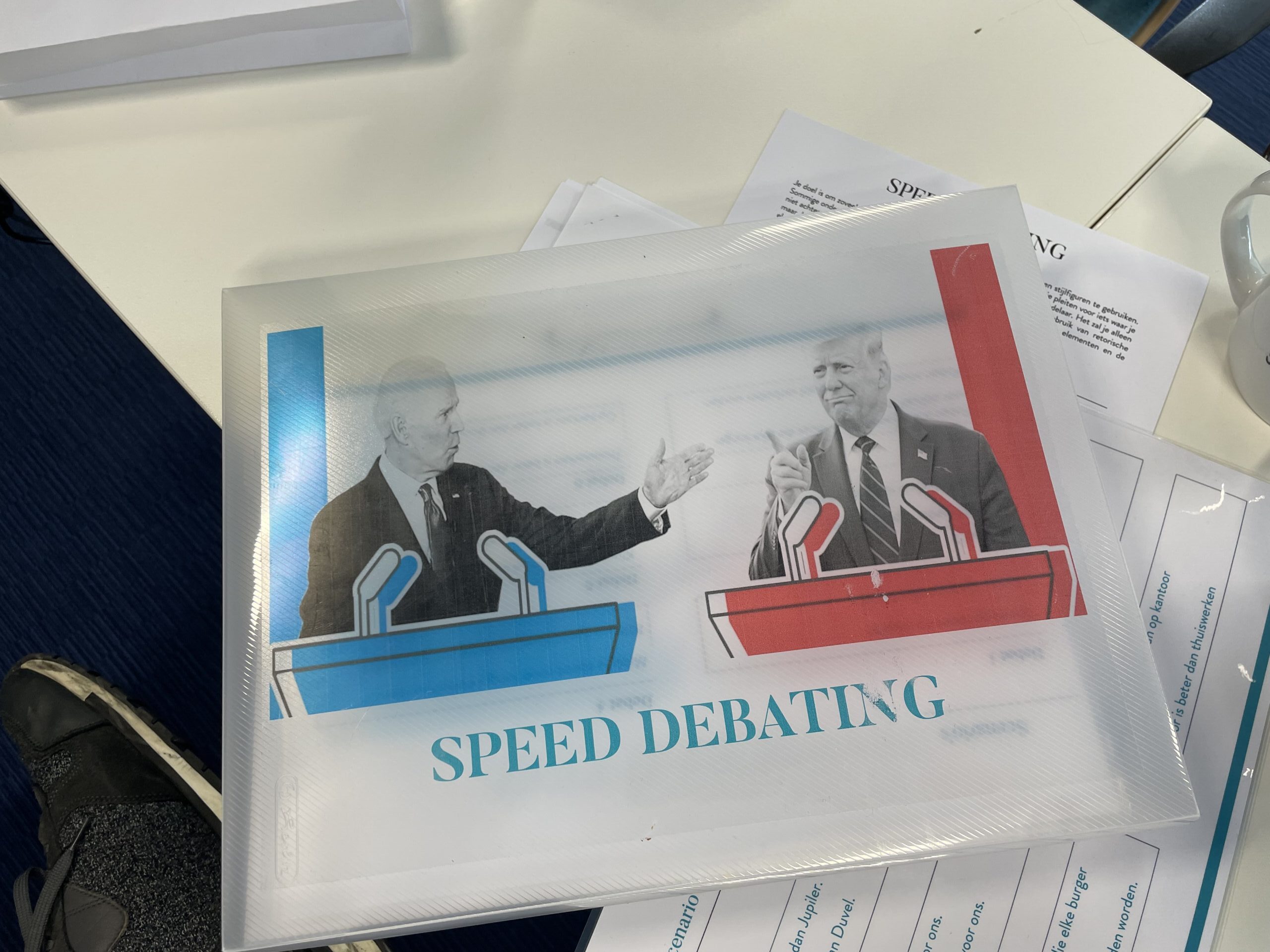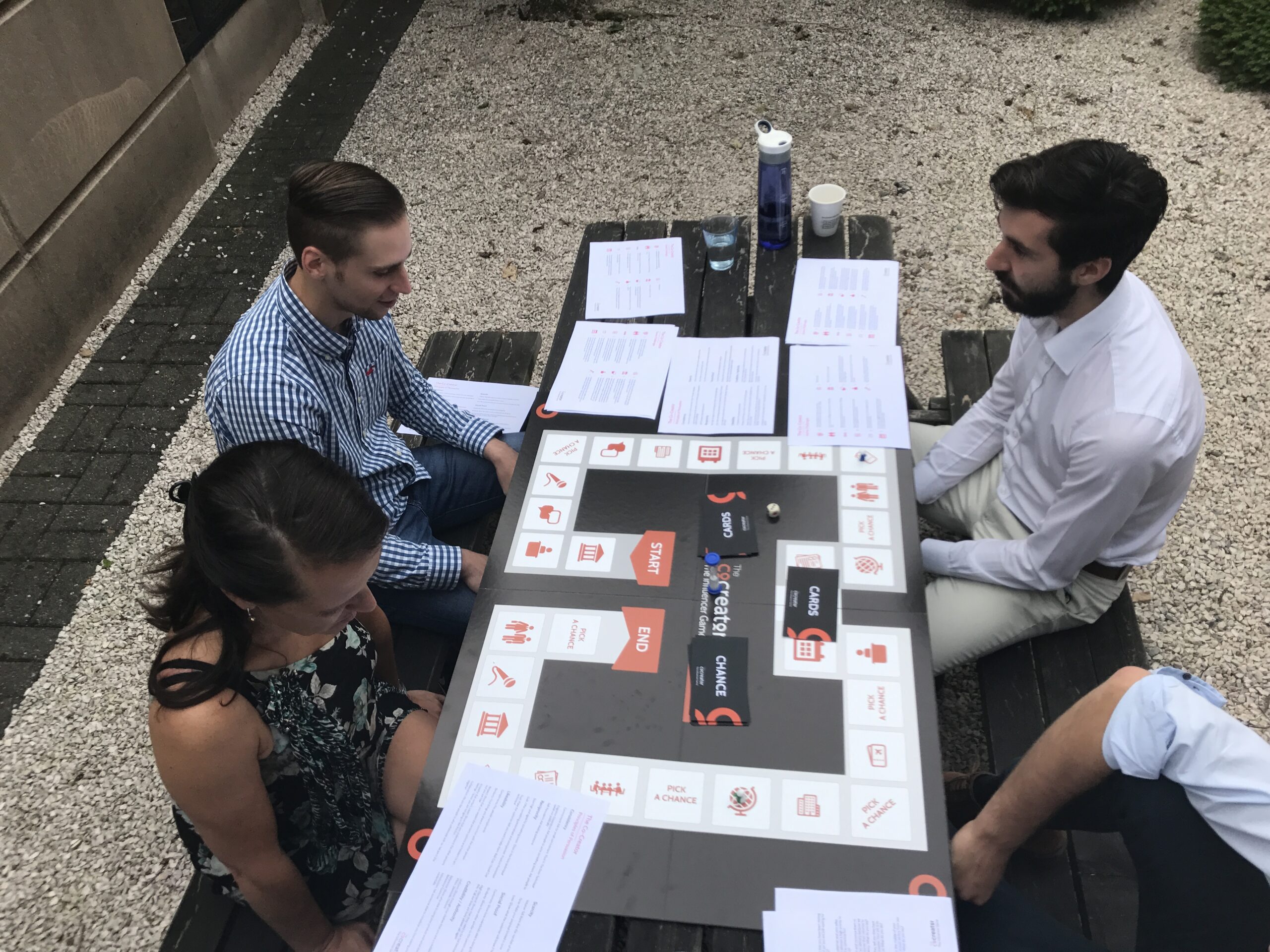What is it?
The DISC model was developed by psychologist William Moulton Marston in the 1920s. Marston was also known for his work on the creation of the polygraph machine (lie detector test). He theorized that people’s behavioural tendencies could be classified into these four dimensions, and he outlined his findings in his book “Emotions of Normal People” published in 1928.
The DISC model has since been adapted and popularized by various psychologists and behavioural experts, and it has become a commonly used tool in areas such as leadership development, team building, and interpersonal communication. It provides a framework for understanding different communication styles and preferences, helping individuals and organizations improve their interactions and work effectively with others.
It categorizes people’s behaviours into the following four primary types:
-
- D (Dominance): People who are direct, decisive, and prefer leading and taking charge.
- I (Influence): Individuals who are social, talkative, and enjoy collaborating with others.
- S (Steadiness): Those who are reliable, and calm, and value stability and consistency.
- C (Conscientiousness): People who are analytical, detail-oriented, and prioritise accuracy and logic.
Each person typically has a primary and secondary trait, creating a unique blend of behaviours and attitudes.
Useful for:
The DISC model is incredibly useful in various aspects:
-
- Enhances Self-Awareness: It helps individuals understand their behaviour and preferences.
-
- Improves Communication: Understanding different personality types enables better communication with others.
-
- Facilitates Teamwork: It aids in recognising and valuing diverse perspectives within a team.
-
- Conflict Resolution: Helps in navigating conflicts by understanding different viewpoints and motivations.
We usually apply the model before coaching sessions or during the management of a change process, aiming to foresee any potential resistance from stakeholders. Imagine a team with a mix of DISC personalities. A ‘D’ type leader might be very goal-focused, while an ‘I’ type might bring a more collaborative approach. An ‘S’ team member ensures consistency in the team’s work, and a ‘C’ type focuses on the details and accuracy. Recognising these traits can lead to a more balanced and effective team dynamic.
Application:
The DISC model finds applications in several areas:
-
- Workplace: For team building, leadership development, and improving employee interaction.
-
- Personal Relationships: Enhancing understanding and communication in personal relationships.
-
- Education: Teachers and students can use it for better classroom dynamics.
-
- Counselling: Useful for counsellors to understand their clients’ perspectives better.
Process:
As a coach or change manager, you can use the DISC model as follows
Step 1 Assessment:
The ideal initial step involves requesting each stakeholder to complete a DISC assessment, a questionnaire designed to determine their DISC personality type. If this isn’t feasible, you can attempt to evaluate the DISC profiles of each stakeholder using specific questions.
Dominant
-
- Do they tend to be assertive and direct (Dominance)?
-
- Do they prefer taking charge and making quick decisions (Dominance)?
-
- Do they like change and embrace it?
-
- Are they decisive and assertive (Dominance)?
Conscientiousness
-
- Are they analytical and detail-oriented (Conscientiousness)?
-
- Do they focus on accuracy and adherence to rules (Conscientiousness)?
-
- Do they need more time to adjust to change?
-
- Do they carefully consider all details and strive for accuracy (Conscientiousness)?
Steadiness
-
- Are they calm and supportive (Steadiness)?
-
- Do they prioritize teamwork and maintaining harmony (Steadiness)?
-
- do they initially resist change?
-
- Do they prioritize maintaining harmony and avoiding conflict (Steadiness)?
Influence
-
- Are they outgoing and sociable (Influence)?
-
- Are they motivated by recognition and social interaction (Influence)?
-
- Do they see change as an opportunity?
- Do they seek input from others and enjoy collaboration (Influence)?
Consider the DISC profile of each stakeholder, along with all other relevant information you have about them, to gauge their likely initial reaction to the proposed change. Spend some time reflecting on what each stakeholder may gain or lose in this change process.
Will they be:
-
- Positive
-
- Neutral
-
- Negative
Step 3 Personal Gains / Ambitions:
Considering their DISC profile, along with other relevant information spend some time reflecting on each stakeholder:
-
- What is important to them?
-
- What are they proud about?
-
- What are they afraid of losing?
Understanding DISC types can lead to more effective communication and stronger relationships.
Sources:
- W.M. Marston, 2015, Emotions Of Normal People, CreateSpace Independent Publishing Platform (July 31, 2015)
- “DISC History”. Center for Internal Change.
- Nagarajan P., 2023, Top Characteristics of Each DISC Profile: A Comprehensive Guide, Linkedin.com



